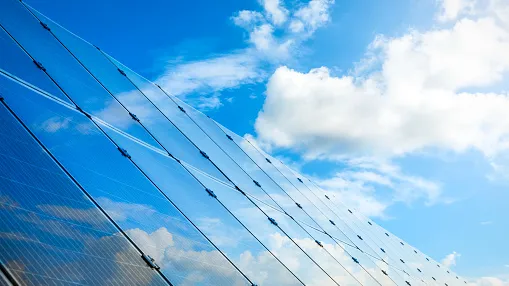
Will renewables become India's dominant power source?
Currently, renewables comprise 21% of India’s total power generation.
India’s renewable installed capacities have grown to 148 gigawatts (GW) by the end of September 2021, comprising 38% of India’s total installed power capacity.
However, CreditSights reported that the share of renewable power generation to India’s total electricity generation of 21% falls below its share in the country's total installed capacity.
The difference between its generation ad capacity has sparked questions on whether renewables can become India’s dominant power source.
Analysts said they are confident that the “share of green power in meeting India’s power needs will only increase going forward,” but not as swift as envisioned by the country.
India aims to increase the shares of renewables in its total power capacity to 40% by 2030.
The country's renewable power assets have grown from 18GW in June 2010 to 148GW by end-September 2021, according to the Ministry of Power.
CreditSights also underscored that renewable facilities generate lesser power per gigawatt than thermal assets.
This is mainly because renewable power has a lower average capacity utilisation factor (CUF) “owing to intermittency issues.”
Analysts said during the monsoon season in India, which occurs during the second quarter of every fiscal year, solar assets see a 20% drop in CUF, whilst wind assets’ CUF jumps as high as 35%.
During the dry season, however, wind assets can fall to as low as 16%.
“Consequently, output from renewable sources can be extremely seasonal, intermittent, volatile, and generally low,” the analysts said.
For the LTM period ended August 2021, renewables’ CUF was at 23%, which paled markedly compared to the CUF of nonrenewable energy plants at 55%.
“Considering renewable facilities generate lesser power per gigawatt than thermal assets, we can conclude that, despite the rapid growth in the industry, it still has a long way to go in becoming the dominant source of power in the country,” CreditSights said.
The analysts however said that renewable power in India is “here to stay” and will remain “well-supported.”

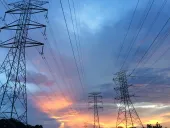
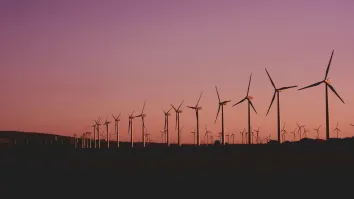







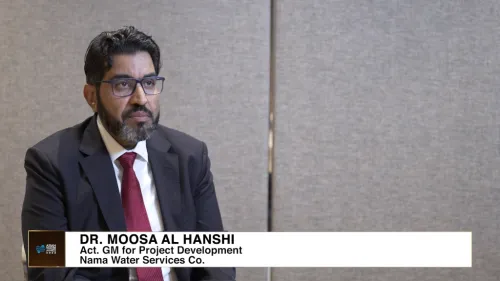

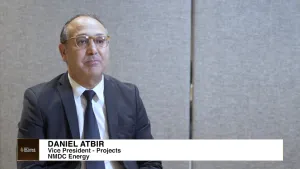



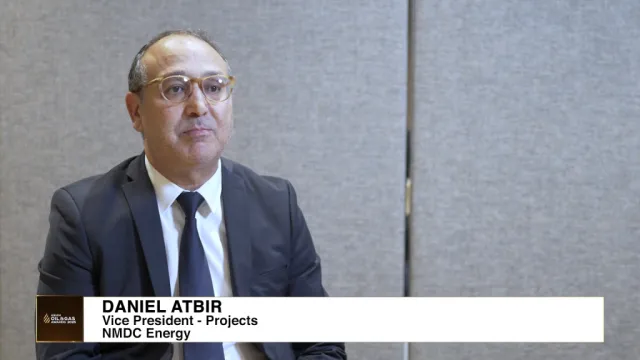


 Advertise
Advertise






